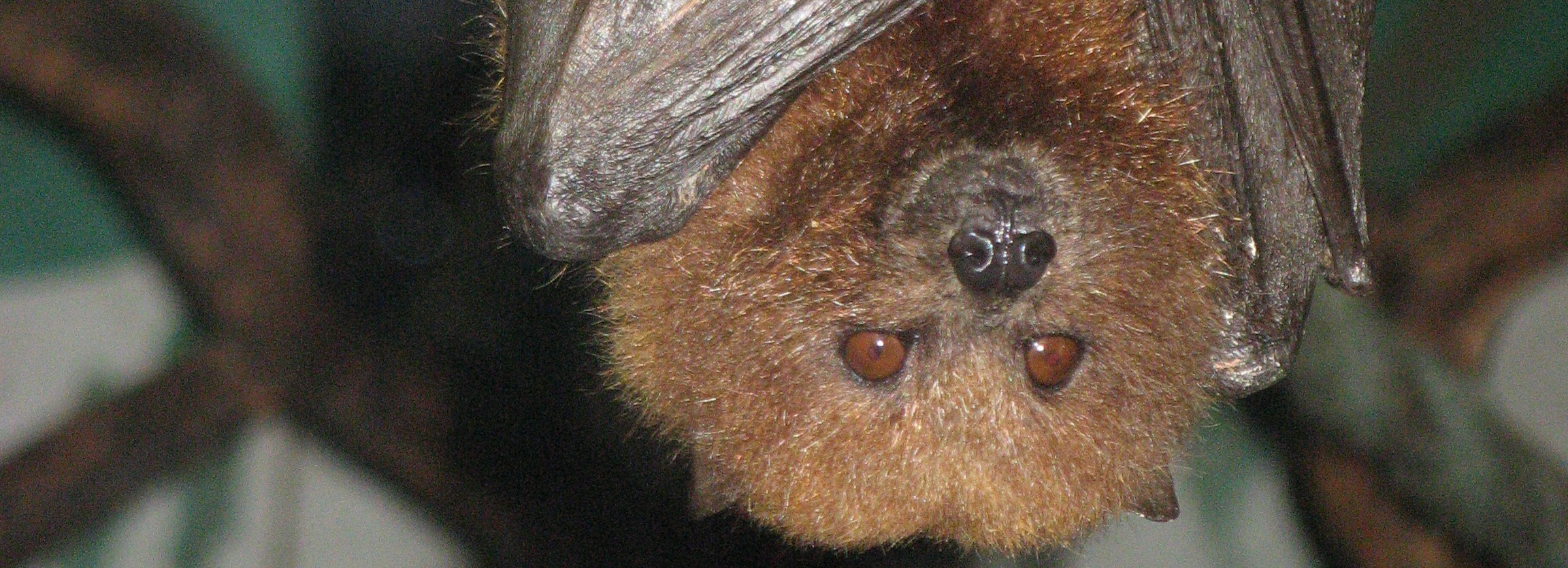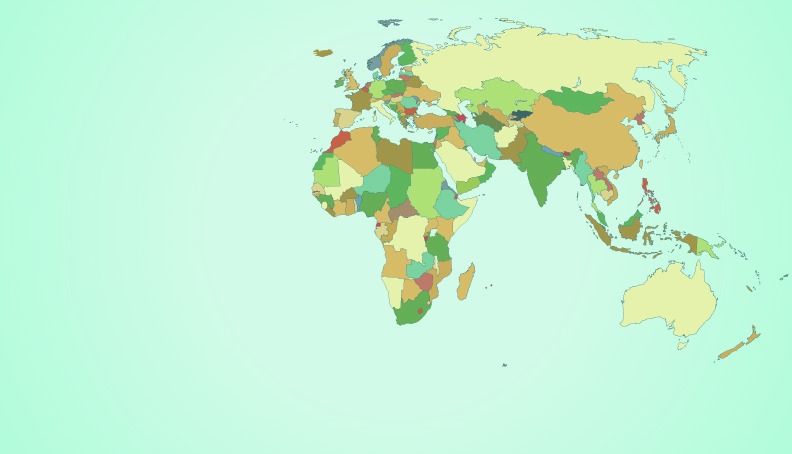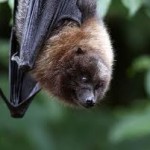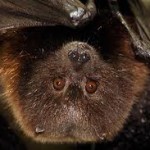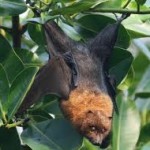Rodriguez Fruit Bat
Pteropus rodricensis
Habitat: This species is found living in mangroves and rain forests where they roost in trees or in caves and rock shelters. Flocks will normally favour a particular roosting site which they occupy for years, however, human disturbance and increased hunting pressure can cause colonies to relocate. They eat sleep and reproduce in trees.
Threats: This species is in grave danger of extinction in the wild because of habitat loss, shooting and being hunted for meat. These bats also face severe natural threats annually of tropical cyclones which blow animals out to sea where they die as well as destroying homes and food sources. This species has been seriously affected by the clearing of forests and the easy access for hunters and removal of the buffer against cyclonic winds.
There may have been over 1000 animals left in 1955 but by 1974 there were only 70 animals left. Subsequent conservation efforts have contributed to an increase to about 350, and captive breeding groups have now been established (like this one).
Food: The life of a fruit bat revolves around the blossoming and fruiting patterns of trees. The principal food is fruit juices, which the bats obtain by squeezing pieces of fruit pulp in their mouths. They swallow the juice and spit out the pulp and the seeds.
Information: Bats inhabit most of the temperate and tropical regions of the world but are absent from certain remote, oceanic islands. They are not found in the colder parts of either hemisphere beyond the limit of tree growth.
Bats are the only mammals that fly; though several “gliding” mammals are referred to as “flying”. The membranes that extend from the sides of the body, legs, and tail are actually extensions of the skin of the back and the belly. They are elastic and thin, and consist of two layers of skin with no flesh in between them and only a small amount of connective tissue in which the blood vessels and nerves are located. The thumb is short and has a sharp hooked claw and is used to cling to surfaces when the bat alights. they have sharp curved claws on the feet to grip onto branches when feeding and sleeping.
This bat is restricted to the island of Rodriguez in the Indian Ocean. although at one time it probably inhabited Mauritius and Round Island.
Map: Red = Locations Found 826

